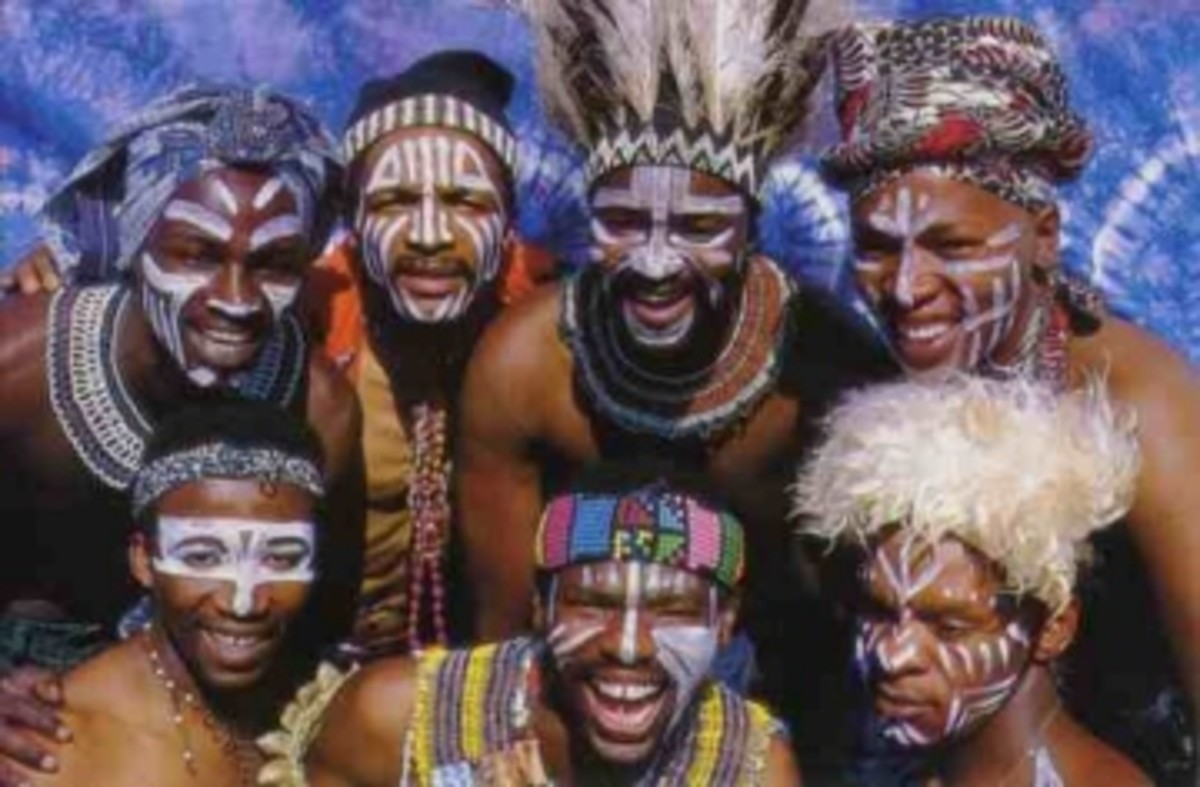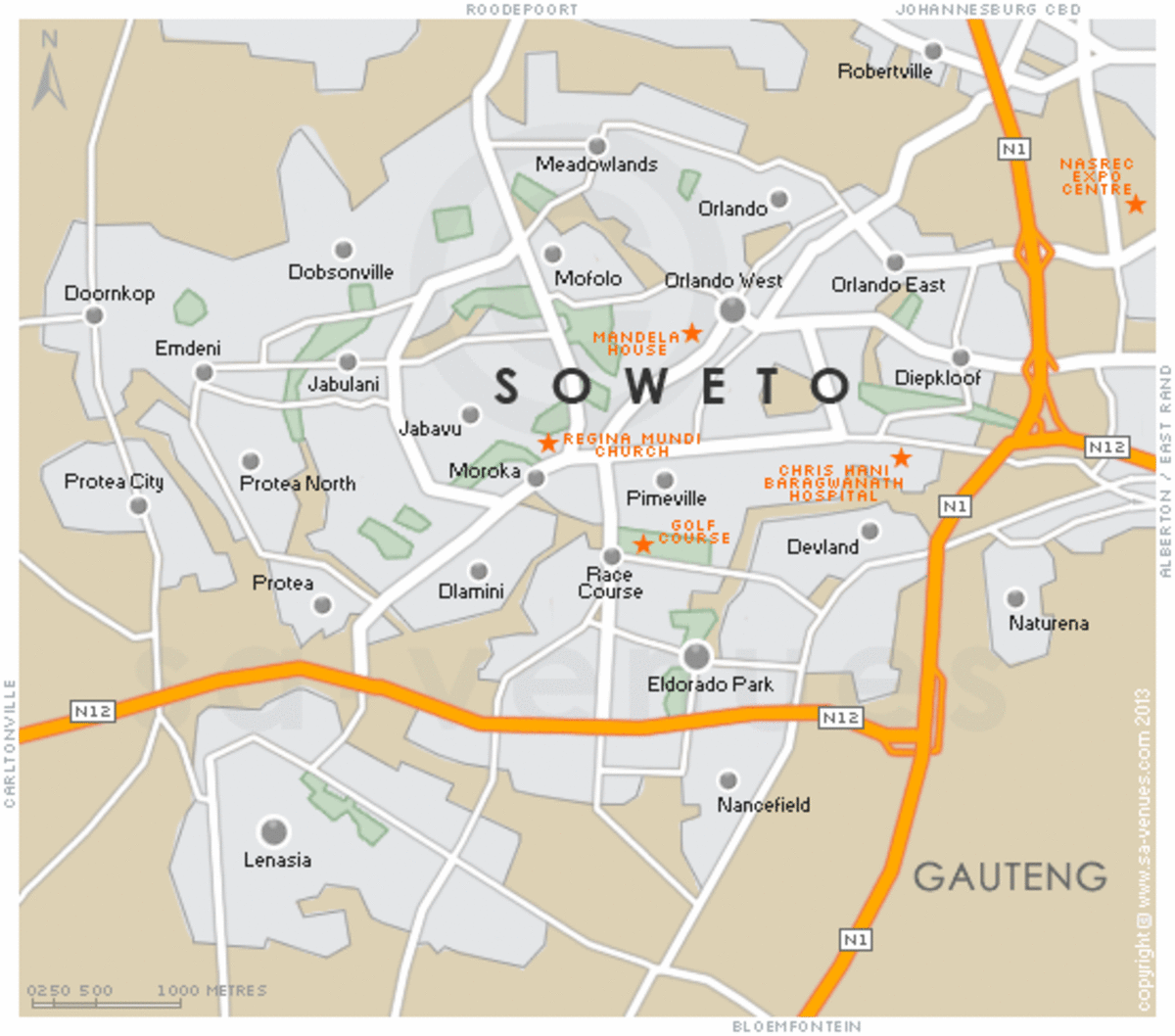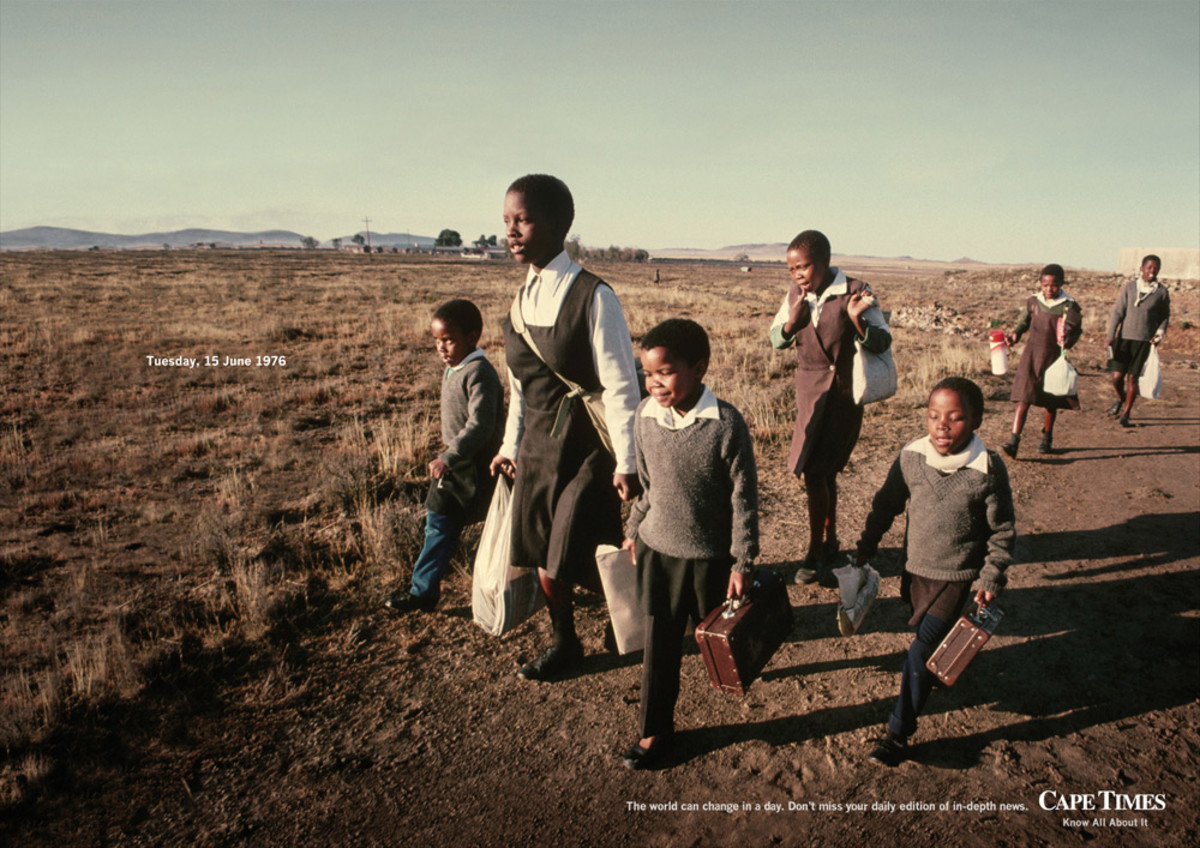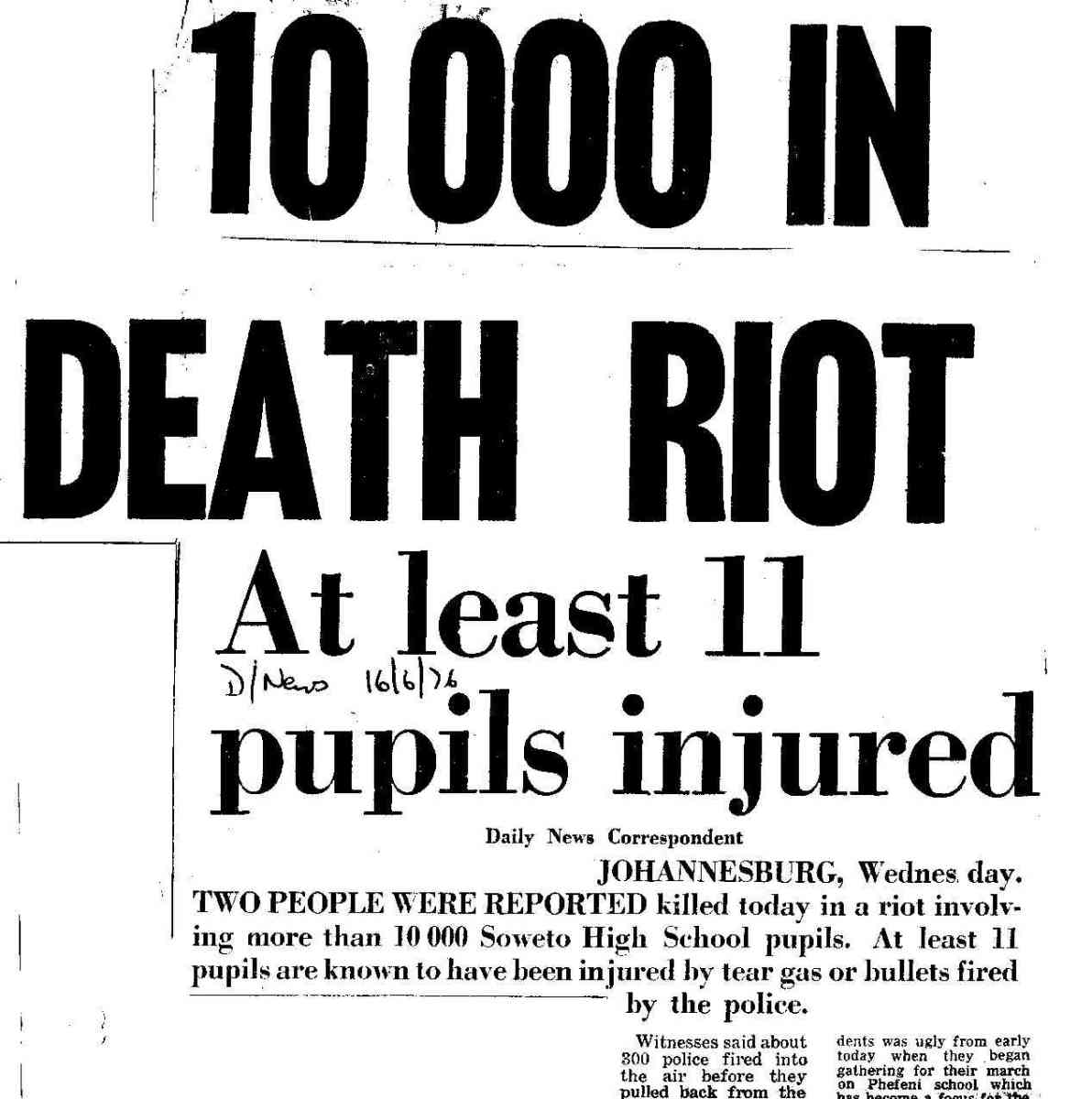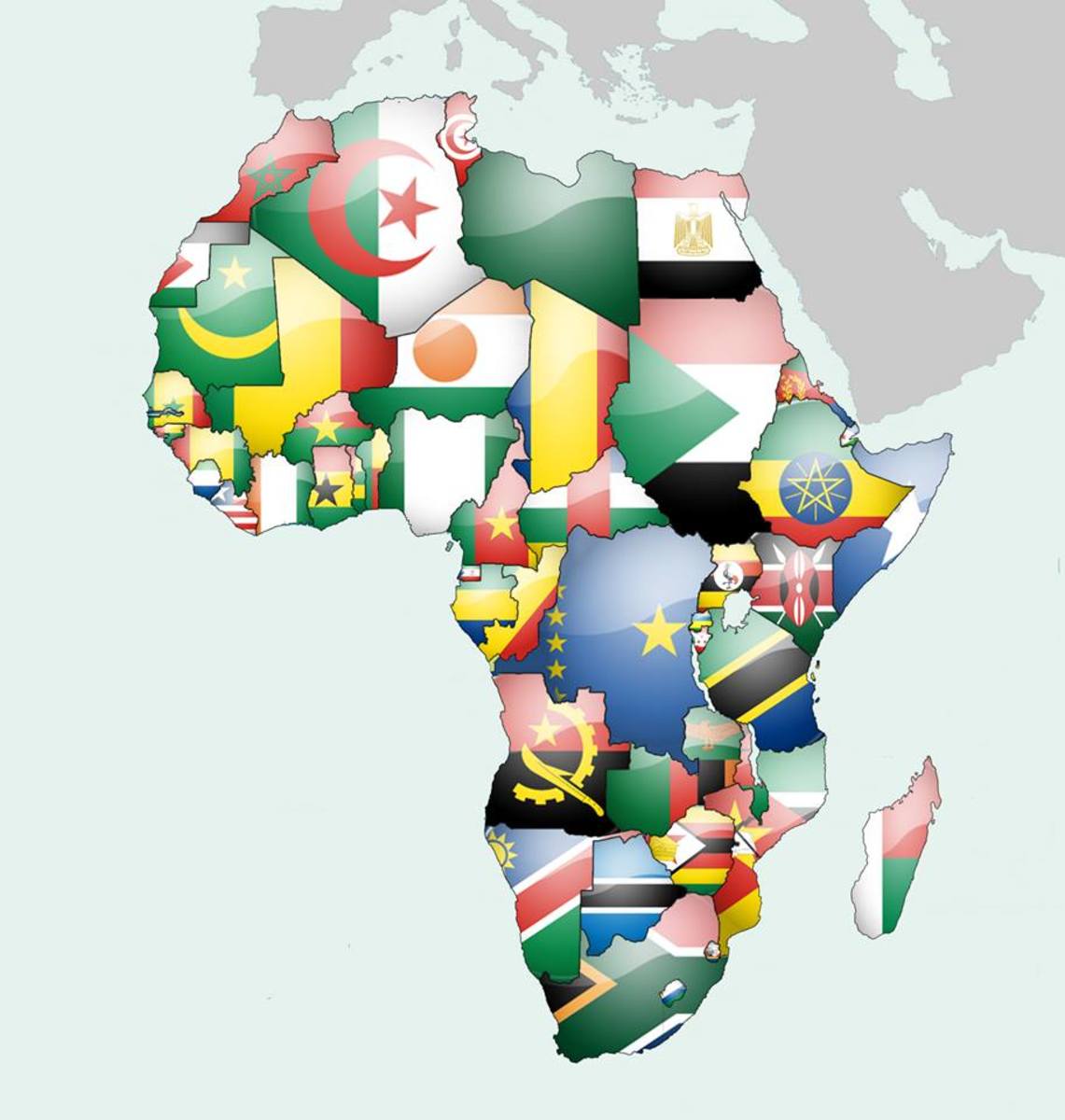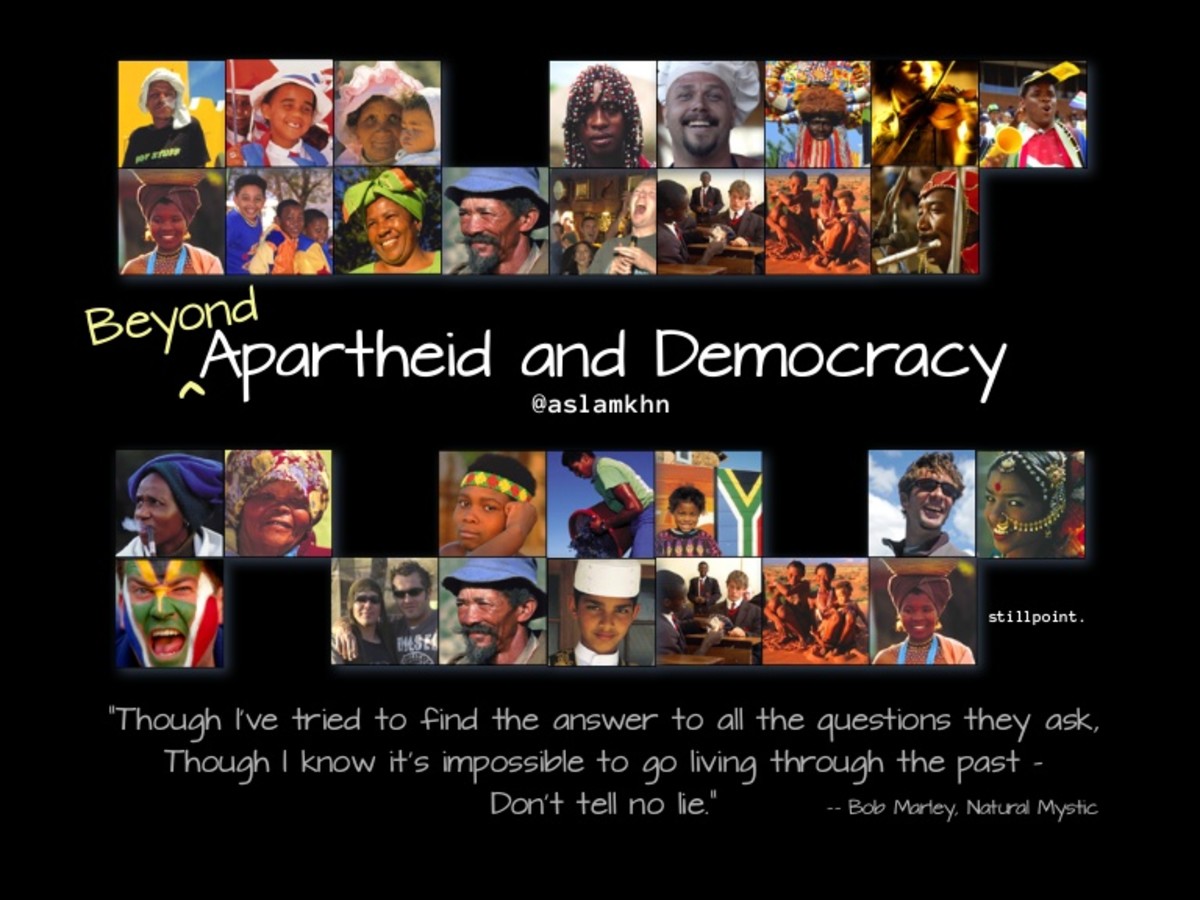South African Freedom Day 2010 – some reflections
What sort of freedom?
As I sit in my study this cool autumn morning the peace of the deep blue sky, covered with fluffy white clouds, is shattered by the screaming of some jet fighters careering across it. As the planes go I watch fascinated. They are technological marvels, no doubt about it. And they are practising for the fly-past that will be part of the country's Freedom Day celebrations next Tuesday.
And I wonder: how many children's meals are their exhausts spewing out? How many decent books for children to read are being burnt by those powerful engines as they roar across the sky above the otherwise peaceful suburb? How many treatments for AIDS sufferers are being swallowed up in the planes' greedy maws? And most importantly, perhaps, what sort of freedom is it that needs a display of efficient killing machines to celebrate it?
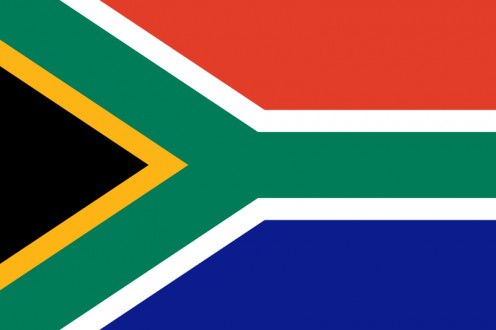
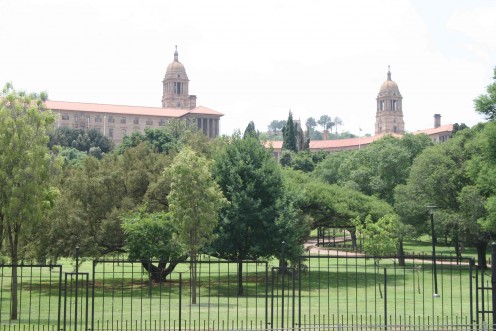
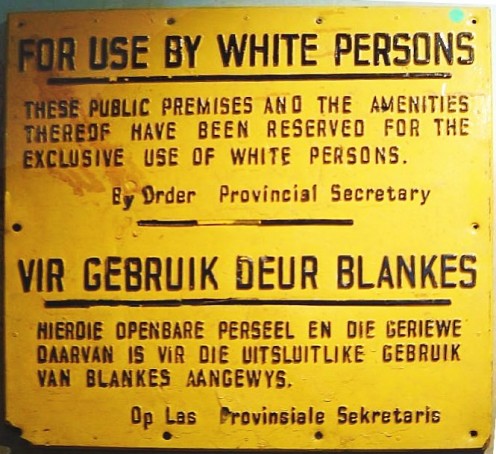
Celebrating the end of apartheid
The celebrations will be headlined by a special event at the Union Buildings, the Head Offices if you like, of the South African Government. The buildings themselves are beautiful, gracious edifices designed by famous architect and builder of many beautiful South African structures, Sir Herbert Baker, to house the Government of the then Union of South Africa, created in 1910. Part of the celebrations, as I have mentioned, will be a fly past of fighters and helicopters of the South African Air Force. A deliberate flaunting of our national military might.
Since we have no enemies threatening us by land, sea or air, I wonder who these things are designed to impress? What is the purpose of this flashing of our weapons in celebration of our justly celebrated Freedom Day?
On 27 April 1994 the hated and odious apartheid regime was finally officially laid to rest, when the millions of citizens of this beautiful country voted, most of them for the first time in their lives, to elect a parliament that really represented all of us. I remember standing for many hours in the hot sunshine to cast my vote, at last, for the party of my choice, a party I believed most represented the people of South Africa. I in no way regret the choice I made then. Let me make that quite clear.
But hearing those planes fly over this morning made me think about what has happened in South Africa since then, and most especially about those planes, and how we come to have them.
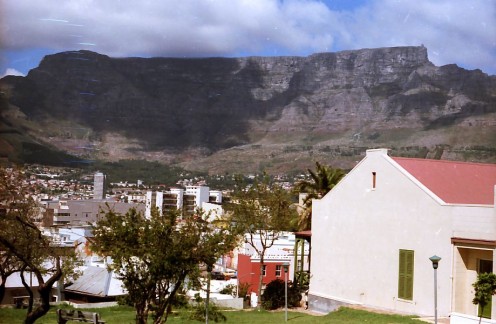
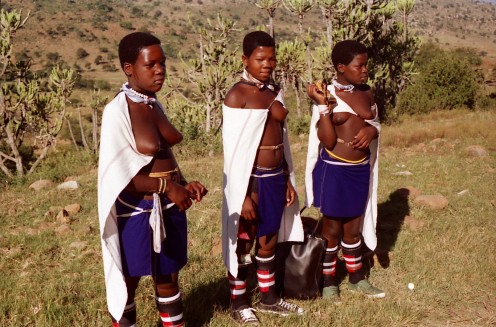
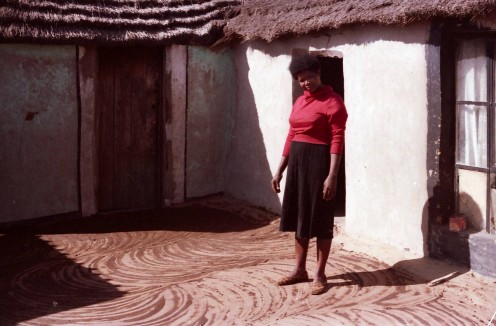
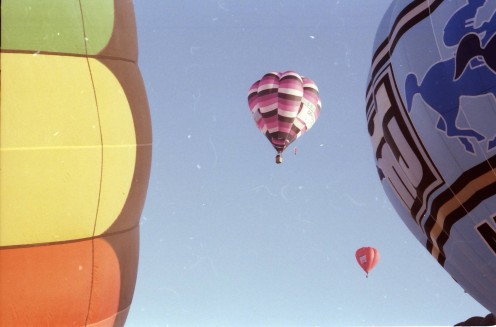
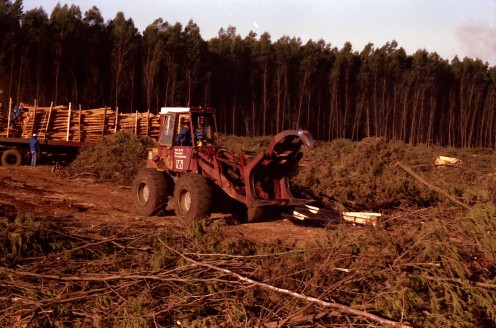
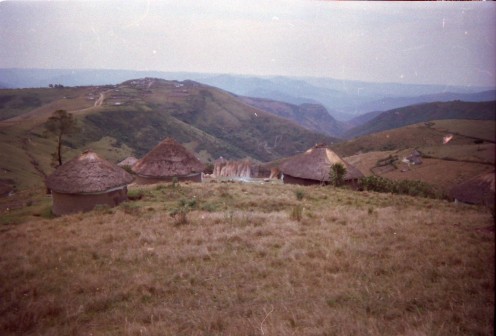
Corruption taints our fledgling democracy
Back in the late 1990s, when our democracy was but a few years old, really still in diapers (it is now in its teens!) the government made a decision to go into a large purchase of arms to the value of tens of billions of rands. Not everyone in the country was pleased with this decision, since there seemed to many of us to be far more pressing needs in the country than arms. After all, we were not being threatened from outside, nor was there large-scale internal dissent. And people were still living in shacks instead of proper houses, thousands of school children had to have their lessons under trees instead of in proper class rooms, clean water and proper sanitation was still not available to millions, and the HIV/AIDS pandemic was starting to assume alarming proportions.
In the light of all these needs, and the need to as quickly as possible leave the terrible legacy of apartheid behind, it seemed that such huge sums of money could more effectively be spent in providing the kinds of services and amenities that apartheid had deliberately withheld from the majority of South Africans.
Government at the time said it was possible to do all the social development things needed and start the arms purchases, which it defended as being a long-term investment in the country's security.
Elaborate “counter-trade” deals were proposed to sweeten the spending of so much money on arms. Counter-trade was the undertaking by the arms suppliers to invest in various social development activities in South Africa in return for the deals. Some of this has happened, though not to the extent initially envisaged.
What has happened is that the huge arms supply contracts have created opportunities for corruption on a very big scale. This corruption has tainted the image of our new democracy, and its tentacles reach into all sectors of society, not excluding the presidency itself. Many politicians and others have already fallen victim to the corruption, and others have had their reputations seriously eroded by it.
Perhaps the most invidious aspect of the arms deal is the era of conspicuous consumption, the open grabbing for wealth, that it seemed to sanction. A movement that had over the years forged a disciplined group of people dedicated to liberating the poor and oppressed became, in the years after the democratic turn-around, a bloated, corrupt and ill-disciplined party of money-grubbing and grafting, alienating themselves from the very people for whose benefit the difficult years of struggle had been waged.
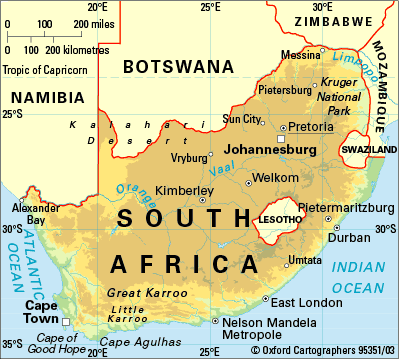
High hopes
Of course not all in the ruling party are tainted. There are still some who remain serious about liberation and the up-lifting of the people out of the poverty in which too many are still stuck. There are still some who are hard-working and disciplined in their approach to development. Perhaps even the majority of the party is made of such people.
The problem is the stench of corruption, the sludge of secret and underhand dealings, now sticks to the party and makes it look tawdry and shop-worn. It no longer looks or sounds like the pristine vanguard of the liberation struggle that it once was.
When former President Nelson Rolihlahla Mandela was inaugurated on that historic and euphoric day in May 1994, a flight of helicopters flew over the ceremony at the Union Buildings lofting huge South African flags beneath them. The new flag of the new democracy that was being born with such high hopes, after so many years of painful, difficult struggle. Seeing those flags bravely flying beneath those helicopters, my feeling was one of great happiness, great hope. For one thing, those helicopters were now “ours” and no longer “theirs”. It was a symbol of the change, of the new-found peace, that the helicopters that had once fought to preserve apartheid were now carrying the new flag of the new country, the new democracy. It was a powerful symbolic moment.
The planes that flew over my house this morning, though, are powerful symbols of something else. They seem to me to symbolise a wrong turn, a betrayal of the high hopes for peace and development that we felt in May 1994. They represent something wasteful, something dirty, something indeed that is rotten in our beloved country.
That is why I felt so incredibly sad as those planes roared overhead this morning.
Copyright Notice
The text and all images on this page, unless otherwise indicated, are by Tony McGregor who hereby asserts his copyright on the material. Should you wish to use any of the text or images feel free to do so with proper attribution and, if possible, a link back to this page. Thank you.
© Tony McGregor 2010



